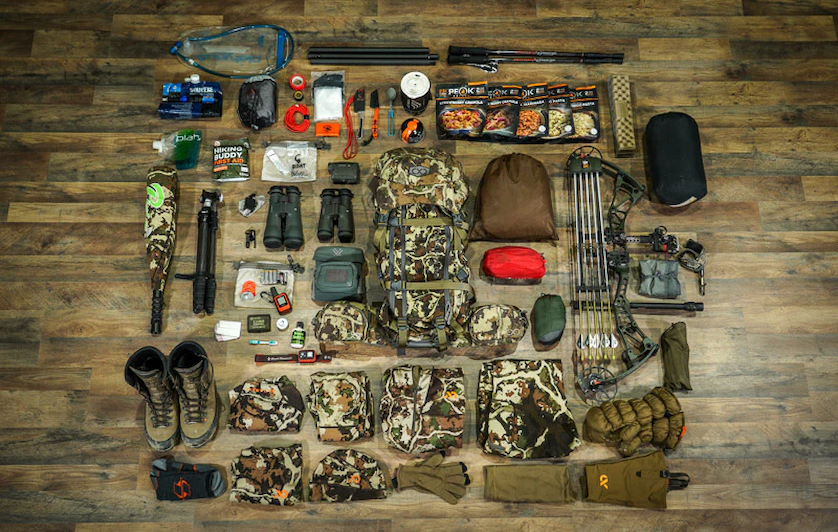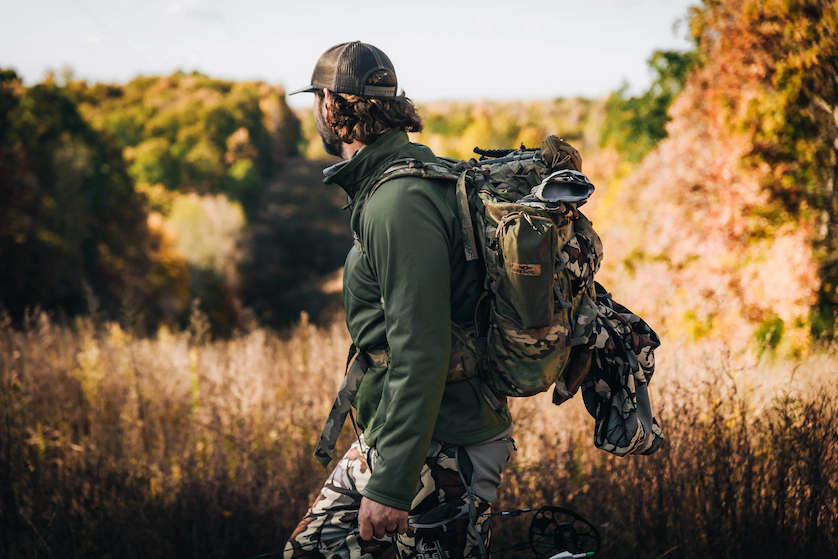Success isn’t just a matter of luck – it depends on detailed planning and the arsenal of gear that accompanies your expeditions. When it comes to hunting, having the right equipment isn’t just a luxury, but a cornerstone of success. From the rugged terrain of the mountains to the dense cover of the forests, each environment demands its own set of tools.
Elevate your hunting experience and buy hunting clothes from well-stocked stores. Start from the ground up with a selection of boots designed to withstand the rigours of any terrain. Explore their range of pants, leggings, tops, and accessories meticulously engineered to provide optimal comfort, flexibility, and durability. With features like moisture-wicking fabrics and strategic ventilation, you’ll stay cool and dry even during the most demanding hunts.
Base Layer

Your hunting clothing can make a lot of difference between a successful outing and a miserable one. The one golden rule you need to remember is to steer clear of cotton. This material might feel comfy and cosy at first, but when you’re out in the wild, it’s about as useful as a screen door on a submarine. That’s because cotton doesn’t properly wick away sweat from your skin, leaving you feeling like a sweaty mess in hot weather and a shivering icicle in the cold.
If you’re just planning a quick jaunt in mild temps and won’t be straying too far from home base, you might be tempted to throw on your favourite cotton threads and call it a day. But that’s a rookie mistake you’ll regret later. Instead, invest in some top-notch base layers made of merino wool or synthetic polyester – the MVPs of outdoor apparel. These are designed to wick away moisture, keeping you dry, comfy, and ready to tackle the outdoors.
Mid Layer
When you’re looking to buy hunting clothes, your mid-layers are supposed to keep you warm and comfortable. While the ideal insulation materials include wool and polyester, your current closet staples can also suffice. That means reaching for your trusty sweatshirts, fleece jackets, and even those reliable blue jeans. Mid-layer hunting clothes allow you to adjust your warmth levels as needed, ensuring you stay cosy without overheating.
So, whether you’re trekking through the woods or waiting patiently in your hunting blind, having multiple layers at your disposal is key. If you’re breaking a sweat, it’s time to shed some layers and let your base layer do its job of wicking away moisture. As your body cools down, simply layer back up until you find that perfect balance of warmth and comfort.
Outer Layer

So, what jacket do you wear for hunting? When it comes to the outer layers of your hunting apparel, the right choice depends on the type of hunting adventure you have in store. For instance, if you’re gearing up for upland bird or firearm deer hunting, you’ll likely need to incorporate some blaze orange clothing for safety.
However, if you’re headed out for turkey or archery deer hunting, camouflage attire is the way to go. Your outer layers should be water- and wind-resistant to help lock in warmth. Opting for slightly larger sizes is wise, as it allows for air space that aids in heat retention. Plus, remember that hunting gear for men is often designed differently than gear for women, so choose accordingly.
Footwear
When it comes to hunting, your footwear can make or break your outdoor experience. You don’t want to skimp on hunting boots, especially during those chilly fall deer hunts. In colder climates, opt for boots with ample insulation – think around 800 grams or more to keep your feet cosy. Go a size up from your regular shoe size, so you can layer up with thick wool socks without feeling like your feet are packed into a tight space. Tight boots might seem snug at first, but they’ll only constrict your feet and leave them feeling colder faster.
Weapon
When choosing your hunting weapon, there’s a lot to consider. Some swear by compound bows, but they can be tricky to master, especially for beginners. Plus, you need to get up close and personal with your prey, which can be nerve-wracking for even seasoned hunters. That’s why I usually recommend starting with a firearm. Shotguns or rifles are more forgiving for newbies and don’t require as much practice to get accurate. Plus, they offer a longer effective range, increasing your odds of bagging some game.
If you’re opting for a shotgun, you’ll likely choose between a 12 or 20-gauge. The 12 packs more power but comes with a kick, while the 20 is a bit lighter but still gets the job done. Both are versatile options for hunting birds, small mammals, or deer, depending on the ammo you use. Whichever weapon you choose, don’t forget the essentials – a case for transport and protection, and a cleaning kit to keep your firearm in top condition.
Tree Stands
When it comes to deer hunting, having a tree stand or ground blind can highly improve your game. While they’re not must-haves, they can increase your chances of spotting deer. But if your budget’s a bit tighter, you can still bag some game without all the bells and whistles.
Ground blinds are another option, especially for turkey hunting in the spring or fall. But if you’re mainly going after grouse, squirrel, or rabbit, you can probably skip the blind or stand altogether. If you do opt for a tree stand, safety should be your top priority. That means investing in a quality safety harness, as it’s always better to be safe than sorry out there in the woods.











